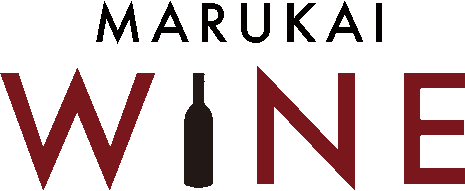This video is about the harvest of Vallformosa 2020.
The harvest is the most intense, the most difficult and the most magical time of the year.
Harvesting begins in August, determining the optimal ripening time for the grapes, and ends in October.
During this period, the days are longer, from sunrise to sunset.
Here's a story about the changes to the harvest and DO Cava regulations in 2020.
The changes in the regulations seem to have been designed to set Cava apart from its main competitors, Champagne and Prosecco.
The goal is to improve Cava's reputation, encourage consumption, attract new consumers, and change the mindset of consumers who think of Cava as a cheap alternative to Champagne. The aim is to do it.
Javier Pagés, president of DO Cava, says that instead of consuming Cava as an inexpensive alternative to Champagne, he wants people to know the distinct differences: "We have very different histories, varieties and Mediterranean climates. And all of this gives us the opportunity to explain to the world that here in the Mediterranean region, we make very dry, delicate, elegant, long aging sparkling wines. It is very different from Champagne. And now, Cava has become a quality standard equal to or better than Champagne."
The changes unanimously approved by the Consejo Regulador del Cava just before Christmas 2019 include the following stricter regulations: (It was held at the end of the year and the regulations were changed in 2020.)
☆ The minimum aging period for Reserva wine barrels has been extended from 15 months to 18 months.
☆ Maximum yield will be reduced from 12 tonnes per hectare to 10 tonnes.
☆ All wines have a vintage or multi-vintage date.
☆ Reserva and Gran Reserva are all organically grown and must be grown in vineyards that are at least 10 years old.
Vallformosa is one of the companies that has responded to these changes.
By the way, if we focus on the maximum yields.
Champagne yields are set at 10,2 tons/ha in 2019 and 10,8 tons/ha in 2018, which is one of the recent minimums.
That means Cava will have a lower maximum yield than Champagne!!! What a bummer!
But Champagne, on the other hand...
After a "historic" drop in shipments in 2020 due to the coronavirus, Champagne producers and maisons have agreed to tighten restrictions on this year's harvest, with Champagne set to have a yield limit of eight tons of grapes per hectare.
This is equivalent to a production of 230 million bottles, according to the Regional Wine Council.
230 million bottles...no matter how much we say we are protecting them from falling prices due to declining demand, even if we assume a very low estimate of 1,000 yen per bottle, that's a loss of 230 billion....
Of course, Vallformosa also said that they lost a lot of money because they could not produce as much as last year. However, ERIC, the manager of the company, told me that the quality of the products has increased.
...hmm? Does this mean that there is a possibility of a price increase?
So, consumers, if there is a price hike, please be patient, as there is a clear reason for it as mentioned above. (whispering)
I hope you all have a happy new year.
I hope next year will be even better.
